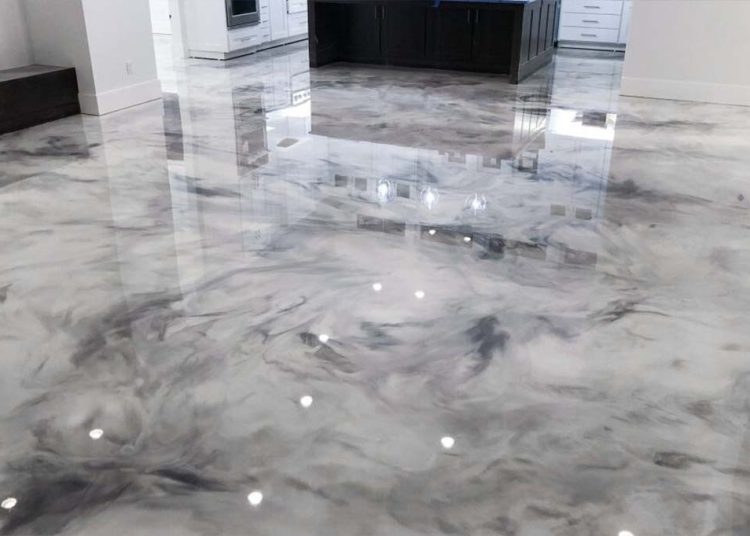If you’re considering having your home’s floors redone, then you might want to consider raised flooring. Raised flooring is an option that many people choose when they need to remodel or redecorate their homes in order to make them more attractive and comfortable. Here are some of the reasons why people choose Raised flooring and what they can expect if they choose this option.
What is a raised floor?
A raised floor is a section of specialized flooring that sits above another, typically lower, floor. Sometimes called a floor tray or false floor, raised floors can provide an easy way to increase office space or divide different parts of an office. At their most basic level, they’re great for creating more room in an office without building new buildings and they have applications in everything from data centers and server rooms to warehouses. They can also improve air quality by making it easier for air handlers and filters (like HVAC units) to remove dust from buildings. But best of all, raised floors make it easy for you to move around your office—and keep your desk out of harm’s way when your dry cleaning arrives!
Why choose raised floors?
If you’re looking for a way to improve how your home or office looks, try out some raised flooring. It’s one of those cosmetic updates that are simple and cheap but also really impressive. Anyone can install a raised floor, and they tend to take less time than other remodeling projects. That makes them perfect for small businesses that need an immediate boost, or households looking for something fun on a weekend afternoon. Plus, once you have yours up, it’s easy to keep clean and safe from wear and tear. There are lots of styles available if you want your floors somewhere between casual and formal: ceramic tiles, porcelain tiles, rubber mats or even solid-colored paint will all do nicely.
Benefits of raised floors
One of a raised floor’s primary benefits is that it allows people to rearrange their office environment more easily. For example, instead of needing a ladder and other tools in order to change out lights, businesses with raised floors can simply reach up and replace them, saving time and money on labor costs. This also makes it easier for workers to maintain their space. Businesses can easily add or remove cubicles or move desks around without having to pay for costly construction crews, making it easy for offices with limited space to make maximum use of their square footage. Check out our gallery for additional advantages of raised floors; if you are interested in learning about how we can help you install new ones, give us a call today!
How much does it cost?
If you’re trying to figure out how much it will cost to put raised flooring in your home, consider a few things first. First off, there are many different types of raised flooring services out there. If you hire a contractor or ask an electrician for help, they might recommend something called permanent raised floor that doesn’t need constant maintenance. They could also install commercial-grade carpet tiles, which have their own unique advantages (and disadvantages). Cost varies by size of room and type of material used. To estimate what it would cost you on your budget, look at local jobs online and estimate based on square footage and material used.
What are the elements involved?
Firstly, it is important to understand what exactly you need when it comes to raising your floor. This can be difficult at first because there are many factors that may affect your decision. It all depends on your specific needs, such as where you’re planning on putting in a raised floor and what types of objects will be on it. However, some common things include storage cabinets, drop ceiling systems and new lighting. You should also consider if or how you want people walking over your raised flooring – for example, if it would get in their way or if you just don’t want them standing on it. If that’s not an issue for you, then there are lots of different options available as far as material choice goes.
DIY raised floors?
There are some raised floor systems on the market today that offer a lot of potential for DIY users. These systems are self-supporting and designed for simple do-it-yourself installation. As long as you can snap together Legos, you should be able to install a kit in no time! While self-supporting raised floor is far from difficult, if you’re going for it yourself, make sure you take your time and really plan out your system beforehand. A little extra research can help keep costs down, too—and there are also some great how-to guides out there if you get stuck or have questions along the way.







